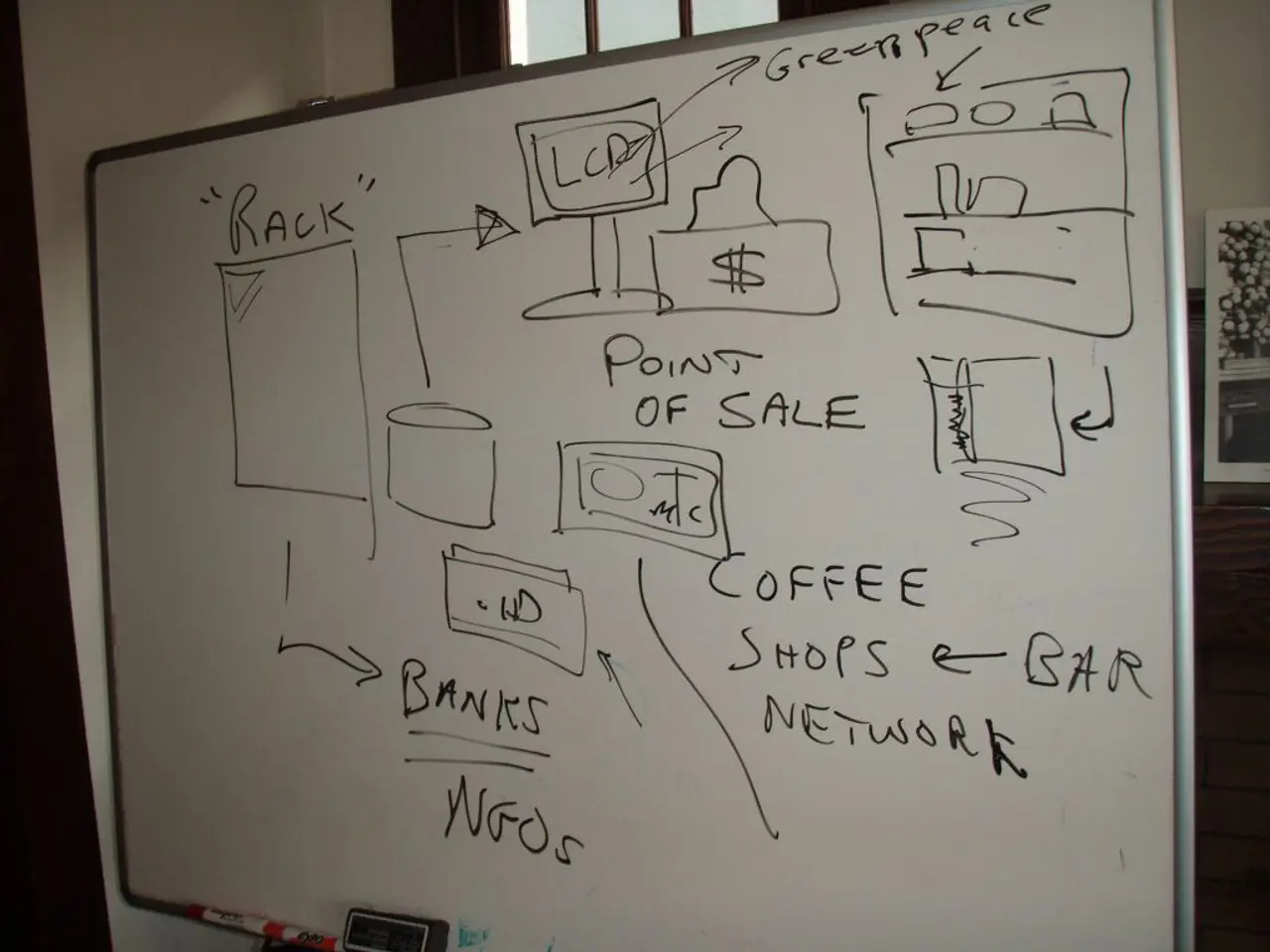University of Stuttgart's Breakthrough Boosts Quantum Computation Reliability
Researchers from the University of Stuttgart have developed a more efficient method for quantum process tomography, focusing on compressed time evolution circuits. This breakthrough could significantly improve the reliability of practical quantum computation, currently hindered by noise in hardware.
The team, led by Maria Dinca, David J. Luitz, and Maxime Debertolis, found that compressed quantum circuits outperform standard Trotter circuits in simulating quantum systems with realistic noise. These compressed circuits consistently exhibit greater resilience to noise and stronger signal preservation.
The primary source of error isn't the compression itself, but imperfections in the underlying single and two-qubit gates. However, the team has developed a method to mitigate these gate errors, improving overall circuit fidelity. They compared a standard approach to simulating quantum evolution with a more compressed circuit design, demonstrating the latter's superiority in maintaining accuracy despite noise.
The research explores advanced techniques for quantum process tomography to reduce resource overhead. Selective quantum process tomography and Pauli twirling are used to efficiently characterise quantum processes. By improving the reliability of quantum computation, this work brings us a step closer to harnessing the full potential of quantum technologies. The University of Stuttgart team's findings offer a promising path forward in overcoming the challenges posed by inherent noise in current quantum hardware.




